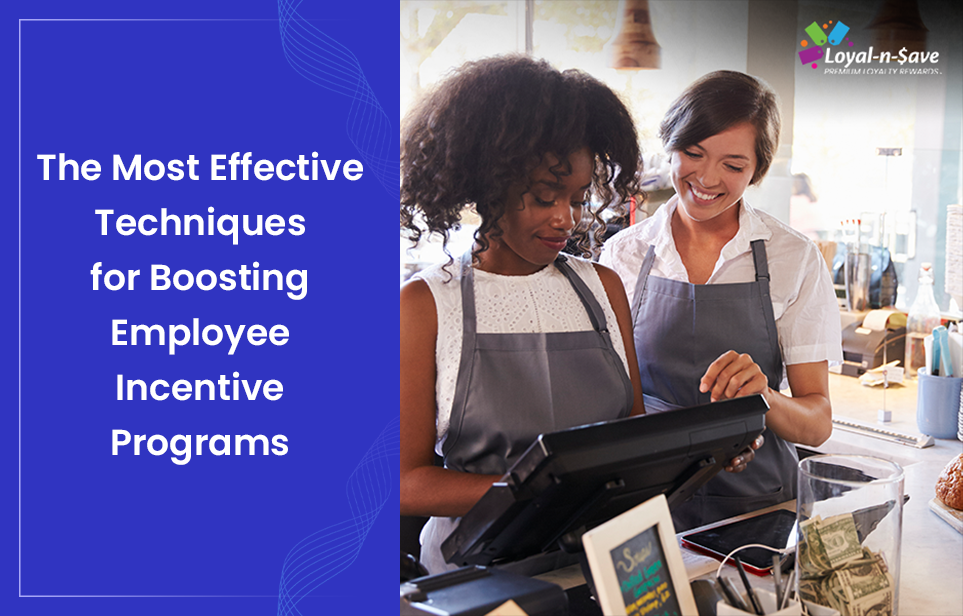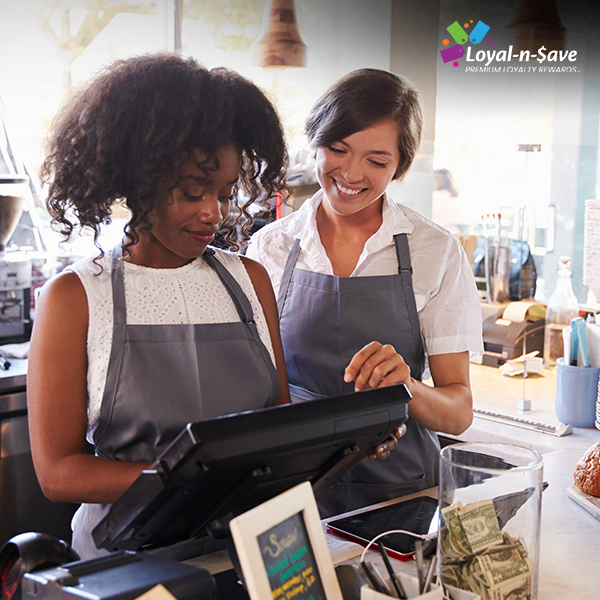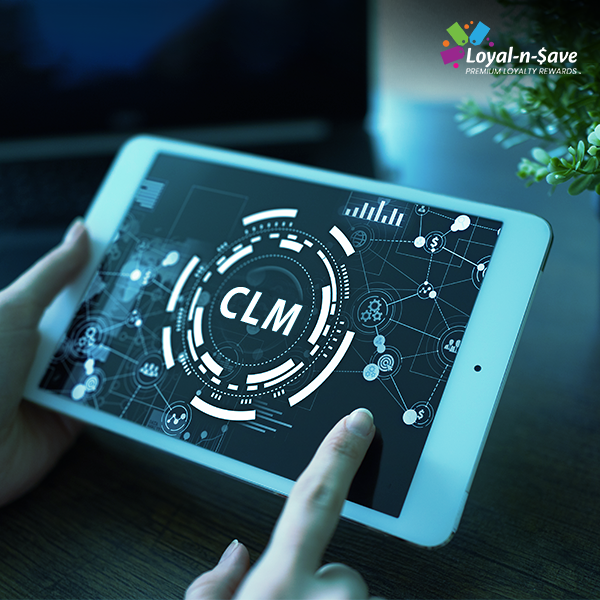The Most Effective Techniques for Boosting Employee Incentive Programs

Whether you run a grocery store or a boutique for dog apparel, incentive reward programs for employees are a fantastic way for businesses to express their gratitude to their employees for the effort and commitment they put forth. Overall, it’s a chance for you to demonstrate to your staff that you care about their wellbeing. And the more they do, the better their reward will be.
Trying to figure out how to use staff incentives most effectively is a difficult undertaking, despite your best efforts. It takes expertise, strategy, and rigorous trial and error to maximize the influence on the performance of your program while keeping it meaningful to the players participating. It requires a synthesis of economics and behavioral science. We’ve put together a list of tactics to make your incentive program more efficient so that you can better grasp how to make the most of it. A well-designed incentive program has a clearly stated objective, rules that are established, rewards that are apparent, an emphasis on goal commitment, an acceptance of healthy competition, and the utilization of risk, alongside many other characteristics.
1. Think about the goals of your incentive program
You must be extremely specific about what you want individuals to be able to perform or achieve when using incentives. Maybe you own a sandwich shop and you want to try to get customers to purchase a bag of chips made by a local brand that was recently produced. You could offer your employees an incentive for each time they sell a bag of those delicious chips, an incentive that could be a free meal. To ensure there are no questions, clearly outline the specifics of what participants must accomplish to achieve their goals. If results are not adequately specified, people will always try to “play” the incentive game or manipulate it.
2. To obtain successful programs, use incremental rewards
Participants are less likely to be motivated to join the incentive program if they think the aims of the program are unrealistic or that they are personally unlikely to succeed at the end of the program. Therefore, it would be advantageous for the incentive organizer to take participant feedback into account while creating the program’s framework. In addition to aiming for the final result, any organizer should think about applying incremental incentives to meet incremental improvement targets. Consider conducting follow-up interviews with staff to learn how satisfied they are with the program and to inform participants of its progress.
3. Display your incentives to your staff
When employing financial incentives, keep in mind that visibility is truly key here. Give your reward to someone as a kind of metal to display for acknowledging their hard work. Don’t forget to inform your audience of the outcomes once the program ends. Celebrate both individual and team accomplishments and describe how the training impacted company success. It’s crucial to include company leaders in presentations since their support, as well as that of the program organizers, is essential.
4. Fully embrace the winner status
Take into account the influence a positional status change after receiving an incentive might have. An employee could be given higher job titles or promotions to new positions, or an exclusive award that raises the individual’s standing among their peers and the company. For instance, you could provide an award to the cashier who made the most pickle sales in a week at your pickle stand, and as a thank you for their hard work, you could provide them with a unique reward. To obtain that status power, though, there must be blatant transparency and equality for all incentive program participants in the standards and evaluation procedures.
5. Concentrate on the employees’ commitment to achieving program goals
Employee incentive reward programs are designed to motivate and inspire participants, but it’s important that the goals of an incentive program are meaningful. When creating performance expectations, try to work together whenever feasible to ensure full commitment. Once more, make sure to include participant input whenever possible in the development phase to ensure that the commitments and goals are spread evenly.
6. Make competition a component of your employee incentive program
Constructing incentive programs that succeed requires interactive elements of peer pressure and competition. Make sure the performance goals are sufficiently challenging and that the majority of people are interested in the rewards being offered. For example, you could give an employee a free meal at your steakhouse or a discount on a dish they would like if they sold more margaritas than all of their coworkers combined on a busy Friday night, which would encourage the co-workers to strive to sell more of those delectable margaritas at their own table.
7. Establish behavioral guidelines for program participants
To be successful, an incentive program needs to have clear ethical guidelines that everyone involved will follow. A good way of ensuring appropriate procedures and proper behavior for everyone involved is by setting up rules, which will be strictly enforced at all times. This includes making sure you don’t face participants gaming or manipulating your program.
8. Various performance tiers should be rewarded
When crafting your employee incentive program, make sure you consider various degrees of incentives for varying levels. A higher-level reward is necessary when achieving a greater goal and it’s important that the minimal performance requirements are communicated clearly from day one so employees know what they need to do in order to be successful with their tasks.
9. Eliminate the financial incentive rewards
It is important not to focus on short-term financial gains at the expense of quality services. By focusing more heavily on qualitative elements like customer satisfaction, it becomes easier for a company’s strategic and cultural coherence because the company is measuring long-term outcomes rather than quick fixes.
10. Utilize contest risk
Some people are more willing to take risks than others. It’s important to strike a balance between rewarding those who perform well and encouraging everyone else on your team with incentives that will help them to do better in their position. Increase the number of winners and distribute the incentive fund more evenly when people are less willing to take a chance on meeting sales or performance goals. Choose a winner-takes-all strategy if your risk tolerance is neutral. Reduce the number of winners and raise the value of rewards when risk tolerance is high.
To conclude
By praising their performance, you can motivate your workers to put out their best effort while also giving them some outstanding rewards that will encourage them to keep up the good work. Overall, your company and your employees stand to gain from it. The employee incentive program (EIP) of Loyal-n-Save, a loyalty rewards platform that provides businesses the chance to build customer engagement loyalty programs, allows employees to earn reward tokens to use for discounted items or a free item in the Swag Shop, much like customers do. This opportunity acts as an interactive testing ground for your staff members, encouraging more customer interaction and raising brand recognition. Additionally, the program acts as a playful game that instills a love of marketing in your staff. The possibilities are endless with Loyal-n-Save! Ready to watch your employees transform into marketing superstars? Get in touch with us today to schedule a free demo and consultation with one of our specialists to get started.
This article was written by Loyal-n-Save, an omni-channel customer loyalty solution for retailers looking to increase customer retention and new customer acquisition.
Posted on Sep 16, 2022









